Child Marriage and Teen Pregnancy: Two Sides of the Same Coin
Child brides are a big issue for eastern countries, as are young mums or teenage mothers for western countries like the United Kingdom or United States, respectively. The way these issues are often discussed highlights an inconsistency in the western mind. Why, for example, is an under-aged girl called a child bride when she is married away and a young mum when she gives birth? Why not call the latter a child mum or child mother? Is there any difference between child brides and child mums when it comes to their future? Neither has a future.
The number of child mums remains very high regardless of how well they are informed about birth control or how much their government supports them. In the UK and US, for example, the average pregnancy rate for girls between 15 and 19 is about three percent. When governments look after these children, what effects does this have on them giving birth? Are there any studies on this? If so, why are they not shared and openly discussed? What is the effect on these children of being subjected to a system that, with one hand, proffers support that mutates into a perverse encouragement to become a child mum, and with the other uses this fact to hammer them at the service of a politically expedient social vilification?
Notwithstanding this, the upbringing of these babies and the future that awaits them are pressing questions. How are the babies expected to integrate with society, information and technology while their mothers’ bodies have already been consumed in their youth? Why is this consumption of the body and traumatic consequences of instrumentalized sexuality, disconnected from natural pleasure and joy, not discussed with the young generation? How can one define freedom absent from pleasure, joy and personal responsibility?
The personal problems that these young girls face during their self-exploratory journeys become harsher with the unrealistic burdens laid upon them, not only as women, but also as mothers. To achieve knowledge of one’s femininity, separate from one’s mother, is a rare luxury, nearly impossible for many women, given that, unlike the minds and bodies of men, the minds and bodies of women who are mothers are intertwined with motherhood.
Society begins to have unrealistic expectations of women once they become mothers, even if they are children. How can a girl be ready for motherhood during her transition from childhood to womanhood? The realities that a child mum experiences in motherhood are locked in a kind of sacred box that is put away and never discussed. Furthermore, even though it is widely agreed in the fields of neurology and psychology that a woman passes on her inner conflicts about her gender to three generations, the implications of this reality are persistently ignored.
Women are expected to be free from old conflicts, and at the same time be resourceful, mature and able to solve any problem when they face the novel circumstances that emerge with motherhood. While the miracle of motherhood is presumed to solve all problems, the fact that it can intensify previous problems for some is generally ignored. Old fears may subconsciously reemerge in time, with overwhelming feelings of despair, sadness and inadequacy that prompt hatred and revenge towards the infant. How can a mother discuss this honestly, faced with society’s expectations of her happiness and her satisfaction with the promised fulfillment of motherhood? Instead, these problems are understood to be the purview of psychologists and psychiatrists; they are medicalized and the woman estranged.
Mothers who cannot suffer, mothers who cannot get confused, mothers who cannot show negative feelings outside of a medical discourse: are these not women? Mothers are not sacred; they are women who live with their minds, emotions and bodies. They suffer, they can become confused, they can get mad, and they may not get everything right. Mothers are neither robots nor angels, but if they are not adults, then they are merely children.
Editor’s Notes: Photograph one from UNAMID; two from UGA College; three from UN Photo archive; four by Lynn Friedman; five and seven from UNFPA Asia archive; six from UN Women Asia & the Pacific archive.
Related Articles


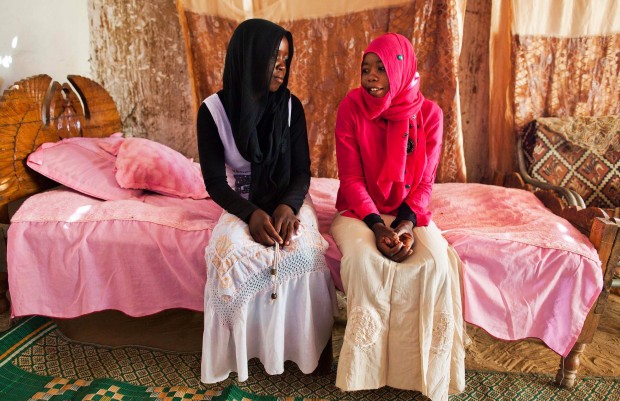
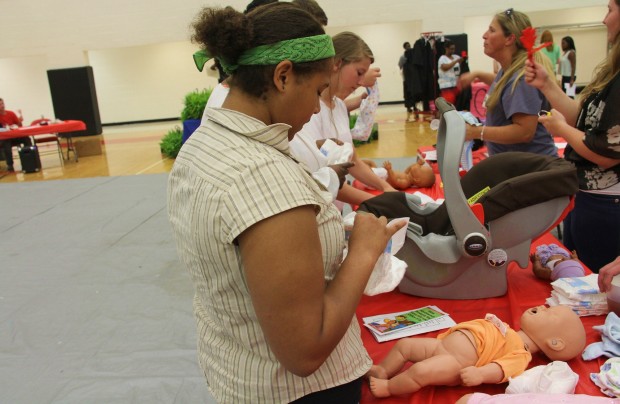
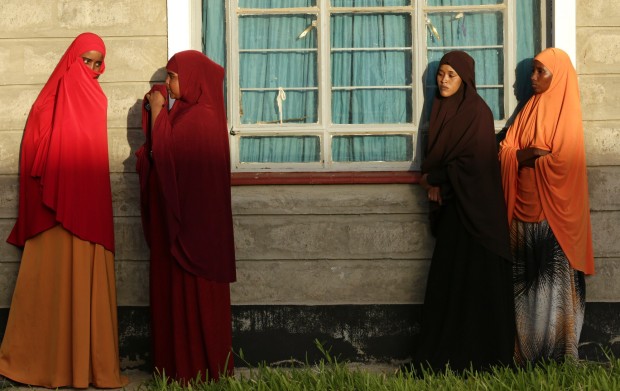
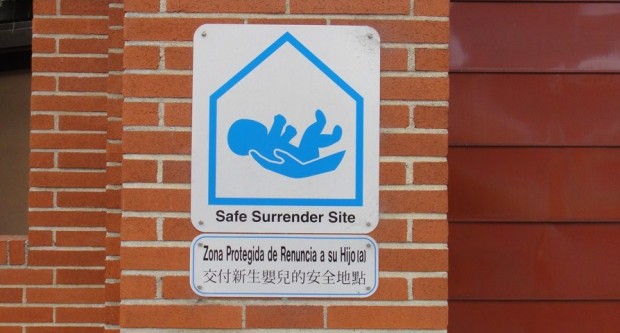
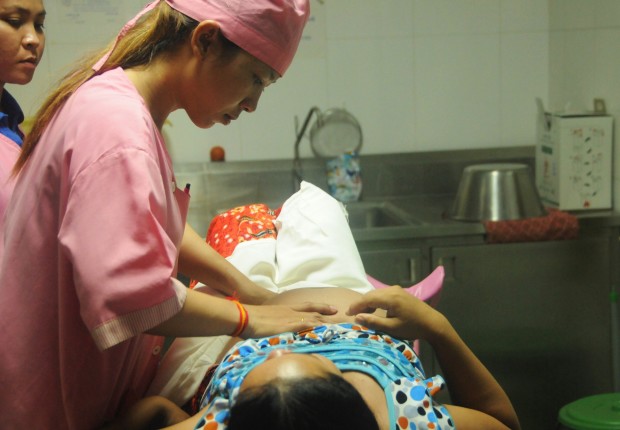
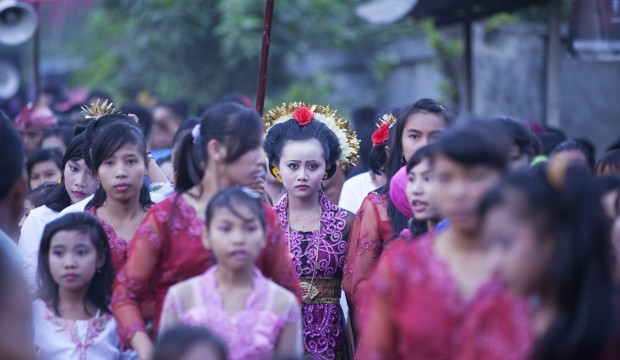
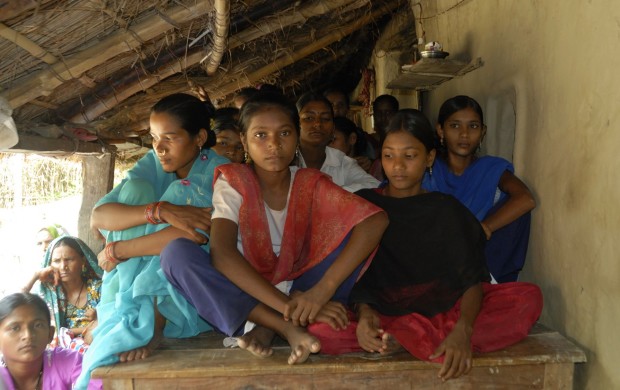












You must be logged in to post a comment Login